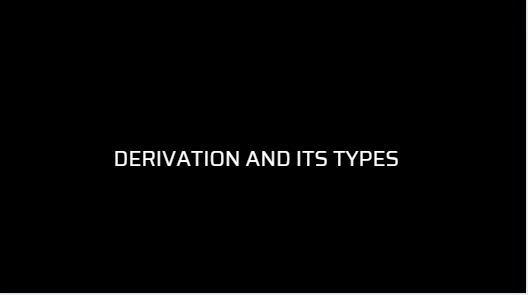Physical Address
304 North Cardinal St.
Dorchester Center, MA 02124

Global Blog Planet

Global Blog Planet


Mathematics, in its elegant dance of symbols and concepts, offers powerful tools to understand the world around us. Derivatives, one such tool, delve into the very essence of change. They quantify the instantaneous rate of change of a function and provides a window into how things evolve. Let’s embark on a journey to uncover the secrets of derivatives, their purpose, notation, and diverse applications.
Imagine a car speeding down a highway. At any given moment, the speedometer tells you its instantaneous speed, not the total distance traveled. Similarly, a derivative captures the instantaneous rate of change of a function at a specific point. It’s like taking a snapshot of the function’s “slope” at that precise moment.
Derivatives aren’t just abstract mathematical concepts; they have a profound impact on various fields. Here are some key purposes:
There are two common notations for derivatives:
Although derivatives can be solved by using the formula but its hard to solve it accurately. So, we introduced our derivative calculator which will help you to solve tricky derivative problems.
Derivatives come in different flavors, each providing insights into specific aspects of change:
The reach of derivatives extends far beyond theoretical mathematics. Here are some diverse applications:
From calculating forces and energy to modeling planetary motion and fluid flow, derivative are ubiquitous in physics.
Optimizing designs, analyzing stress and strain, and controlling robots all involve harnessing the power of derivative.
Predicting market trends, analyzing consumer behavior, and optimizing investment strategies rely heavily on derivative-based models.
From graphics and animation to image processing and machine learning, derivative play a pivotal role in various algorithms and applications.
Mastering derivative is not just about memorizing formulas but it’s about cultivating a mindset for recognizing and analyzing change. By understanding the underlying concepts and practicing diverse problems, you unlock a powerful tool for exploring the dynamic world around you. Remember, derivative are more than just mathematical symbols; they are a language that lets you speak the language of change.
Suggestion: To learn things related to education go to our education page.